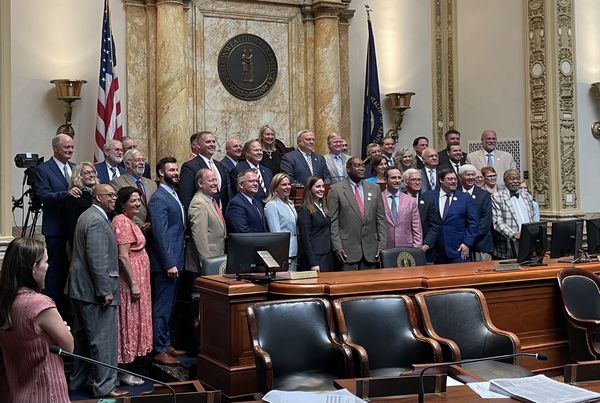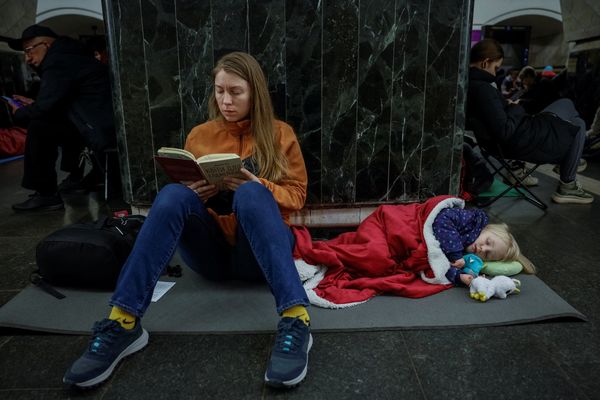
But the size of the deal is deceptive. The acquisition masks a triple play which ought to make not only multinational cola giants Coke and Pepsico very nervous indeed, but ought to be–if it hasn’t already–lighting fires at other FMCG majors.
For starters, there’s not only the Campa Cola brand, but the key to the cola business, the cola concentrate–of which Pure Drinks had a very good version indeed. Not surprising, since Pure Drinks, the oldest carbonated beverages bottler in the country, introduced Coca Cola as a franchise bottler in India back in 1949. And in 1977, when Coca Cola decided to exit India rather than become an “Indian" company, Charnjit Singh, the Pure Drinks patriarch, was quick to launch a ‘desi’ cola to fill the gap–Campa Cola. Orange and lemon variants also quickly followed.
You might also like
IT firms turn up the heat on moonlighters
What’s eating into India Inc’s earnings
Behind the surprising trade surplus in auto components sector
Reading the fine print of 13.5% GDP growth
If imitation is the sincerest form of flattery, then Campa Cola was a very sincere homage to Coke. Not only did the label and packaging look almost identical to the iconic US cola, but the product tasted almost like the real thing. So much so, that when Coke re-entered the Indian market a couple of decades later, it ran an advertising campaign branding itself as “the real thing"!
In fact, Campa Cola dominated the Indian markets (along with Ramesh Chauhan’s Thums Up, which was stronger in the West of India) till Pepsico entered India by buying out Ramesh Chauhan’s beverages business.
This strong brand recall–at least with older consumers–is likely to give a running start to RIL’s plans to scale up its private labels business. RIL already has a private label cola called 'Yeah!' which has taken away some shelf space off the MNC brands in RIL’s retail outlets, but hasn’t made much of a mark otherwise. That may change soon, since, apart from Campa, RIL is said to be making a play to acquire as many as 50 niche brands in the grocery and FMCG spaces.
Another signal that RIL may be planning to make its cola private labels ‘public’ and slug it out with Coke and Pepsi in the retail market is its hiring of T. Krishnakumar, former head of Coke’s India business, late last year. In fact, a few other top Coca Cola India executives also joined RIL along with Krishnakumar.
But moving out of the private label business–where distribution is guaranteed by one’s own retail arm–and into the FMCG space proper poses a number of challenges, not the least of which is onboarding millions of small retailers to sell your product. Here, RIL has an edge since its payment solution Jio Pay, which also has a point-of-sale device for collecting contactless payments, has already made some inroads into India’s estimated 15 million small kirana stores.
Ambani’s track record shows if he fails to make headway initially in a business, he tends to come back doubly strong after internalising the lessons of the initial failure. The story has repeated itself time and again, from the Reliance-Bombay Dyeing petrochemicals war to Reliance Retail’s initial head-butting with Biyani’s Future Group. After failing to make headway against competition the first time around, RIL today is India’s largest physical retailer, and effective owner of Future’s retail business.
Back in 2009, Reliance Retail had attempted to buy out some soap brands manufactured by German FMCG player Henkel in India. That failed, but a decade later, Henkel is effectively out of India while RIL is rolling up brands. So the fact that this is RIL’s second attempt at growing its FMCG business inorganically through acquisition should actually be a source of worry to its competitors.
But maybe they need not worry. India’s grocery market doubled from $300 to $600 billion between 2013 and 2019 and is set to grow by 50 per cent to over $800 billion by 2024, according to Forrester research. That pace of expansion may leave enough room for everyone.
Elsewhere in Mint
In Opinion, Amit Kapoor & Bibek Debroy write on how to make India better at competitiveness. Was Gorbachev a traitor, misfit or Soviet visionary? Sreeram Chaulia answers. Anurag Beher argues the state can run schools well. Long Story tells how the frustrating IBC process is driving away investors and funds.





